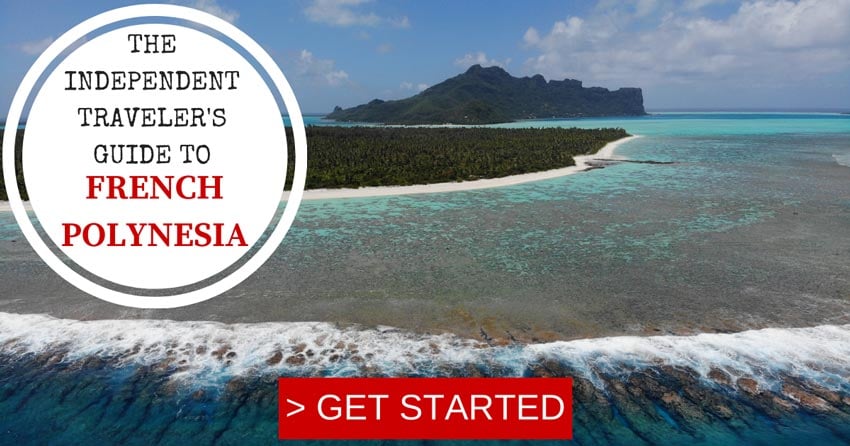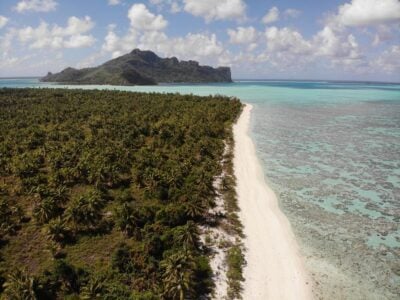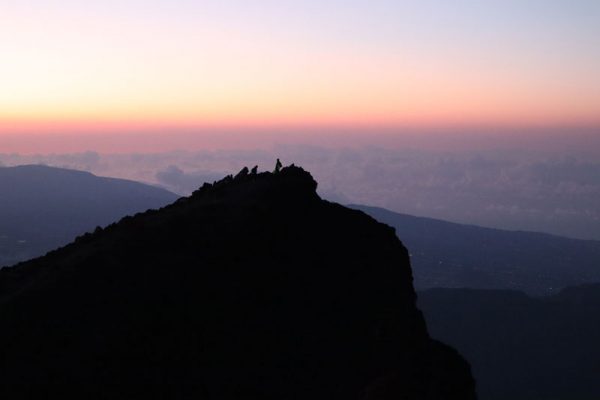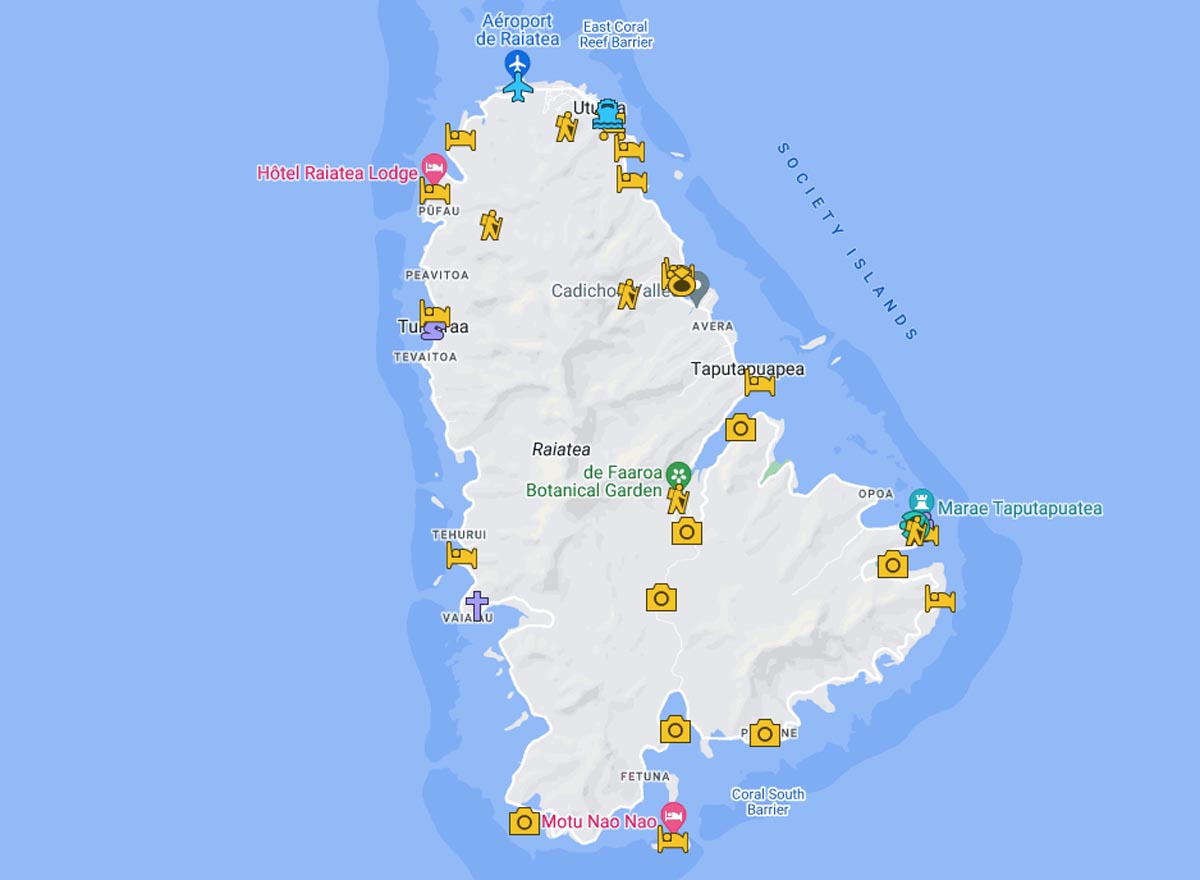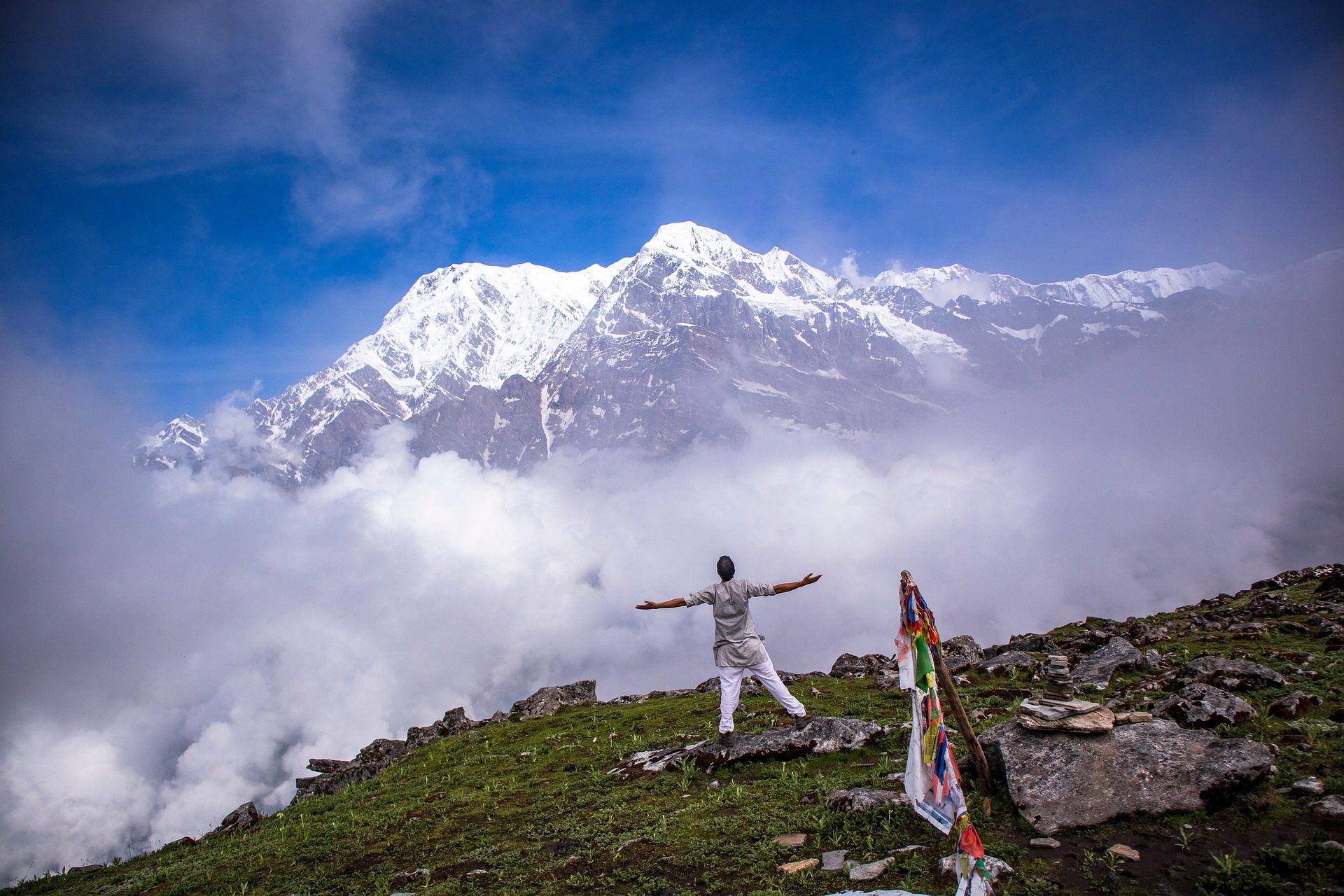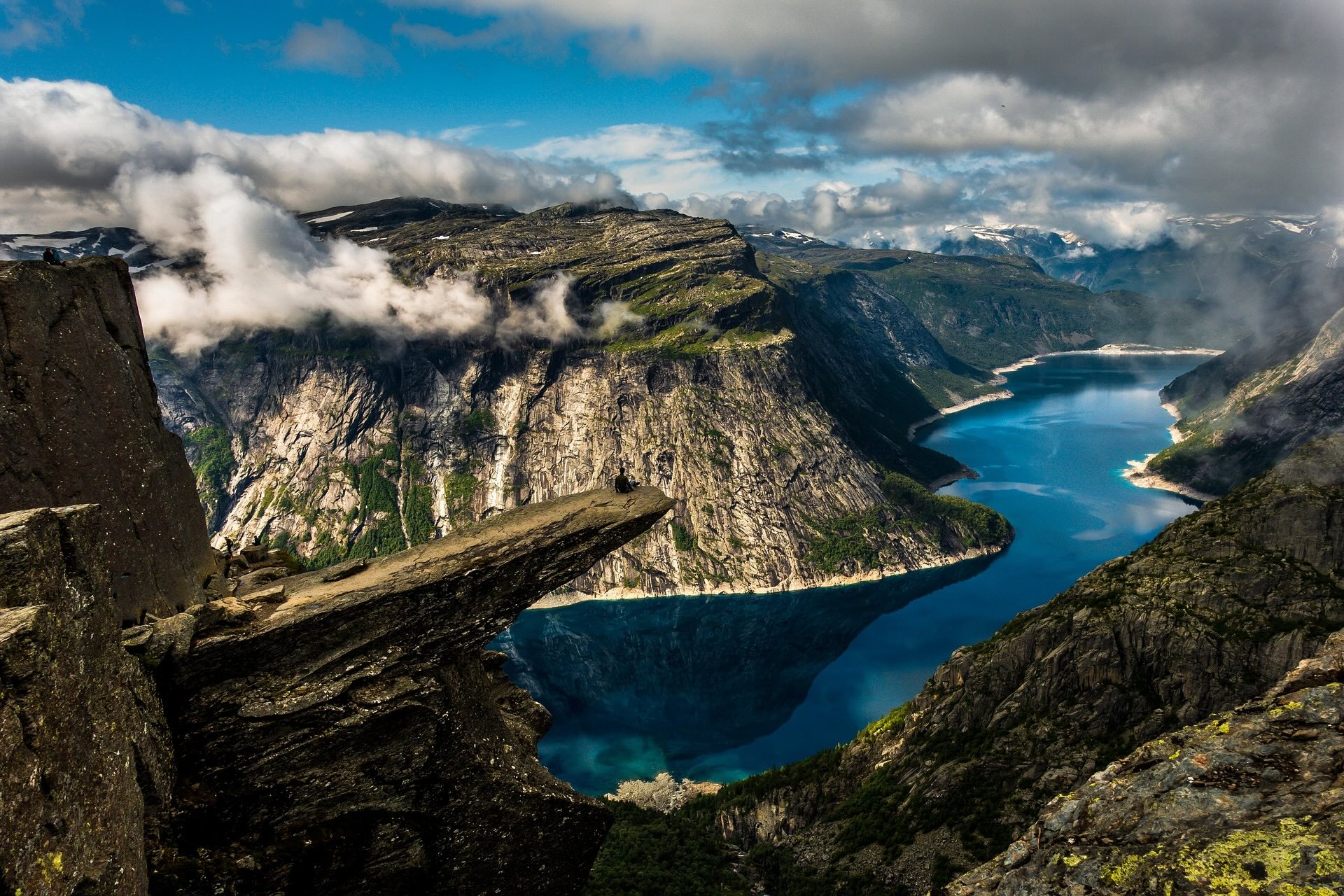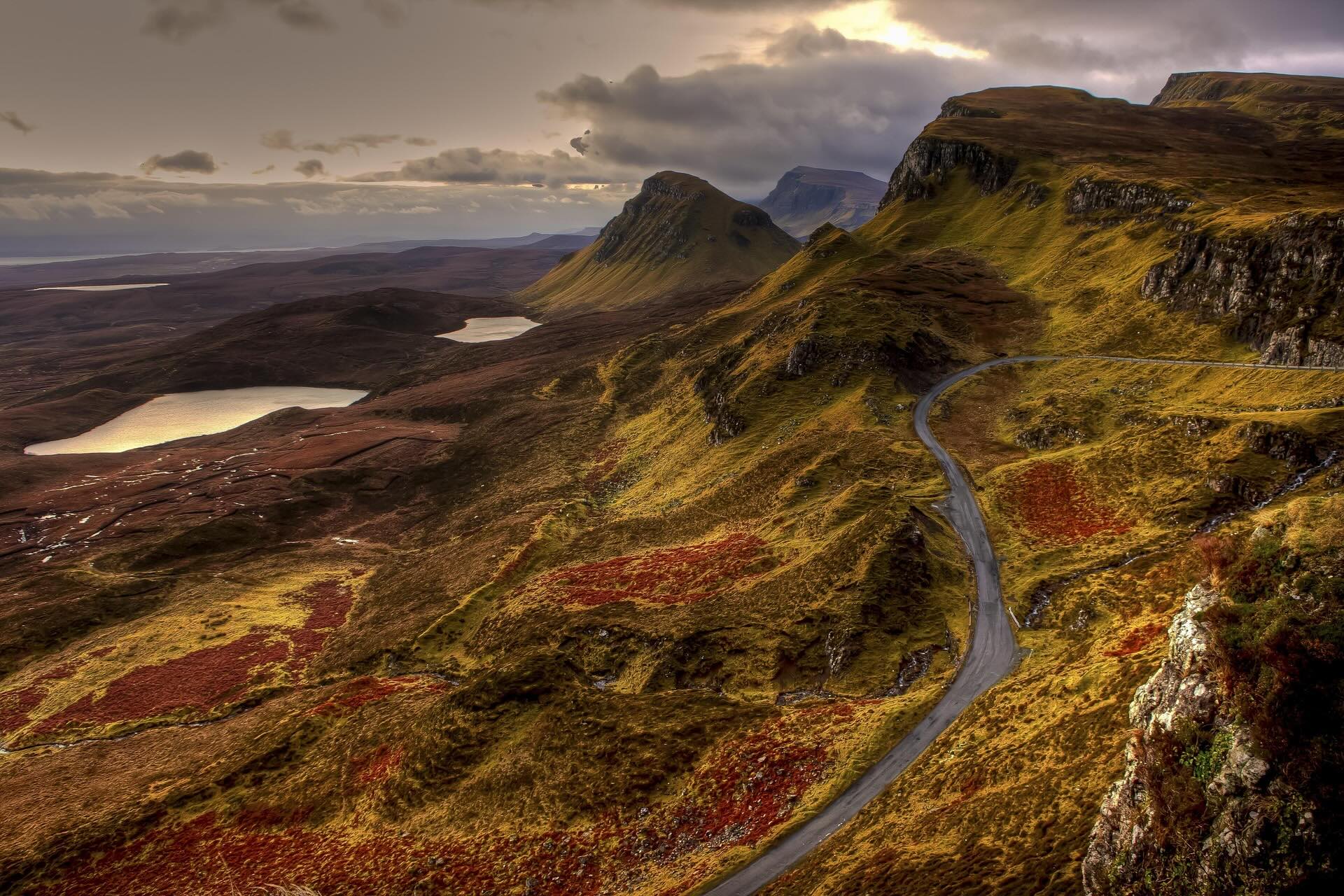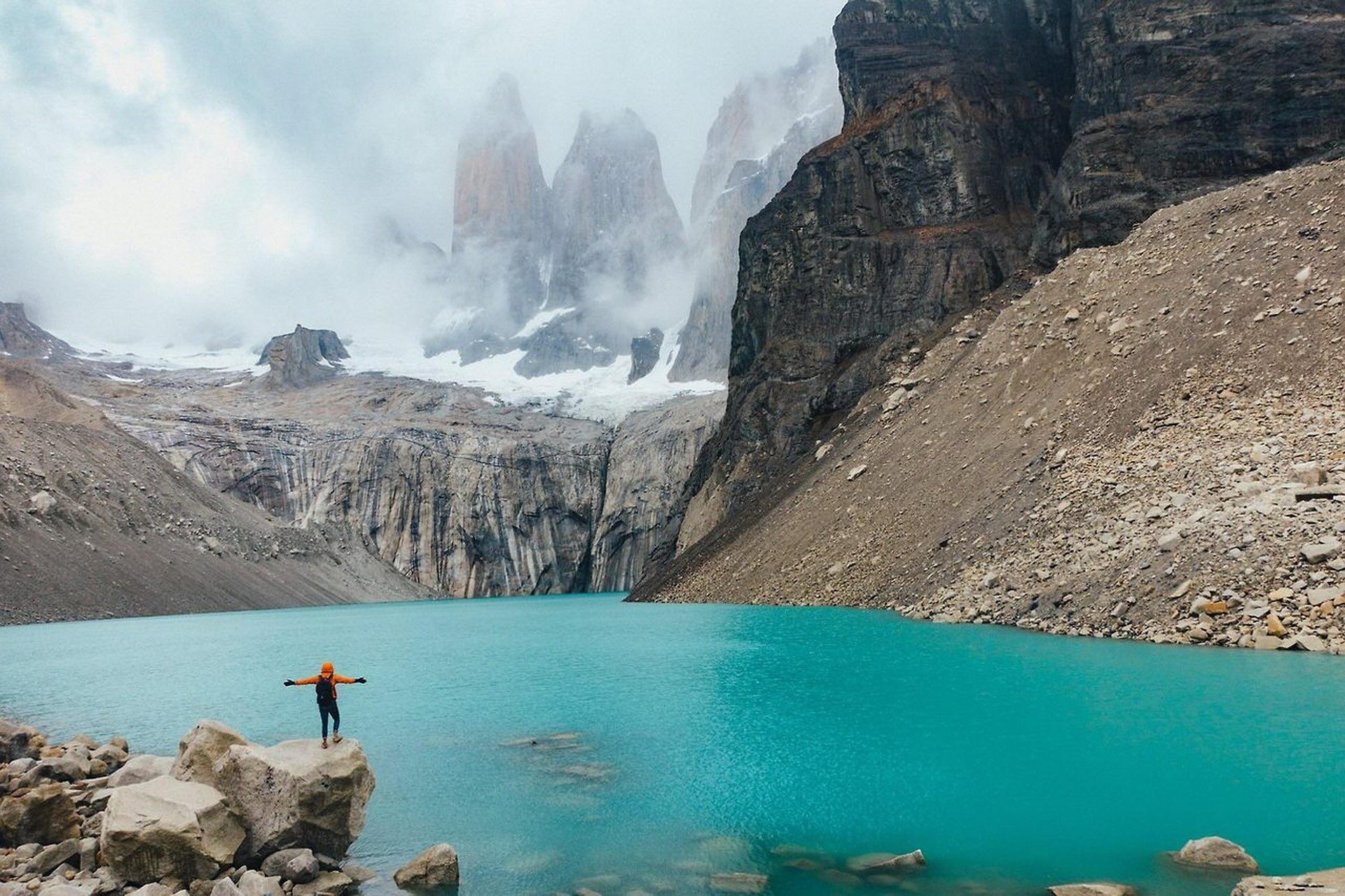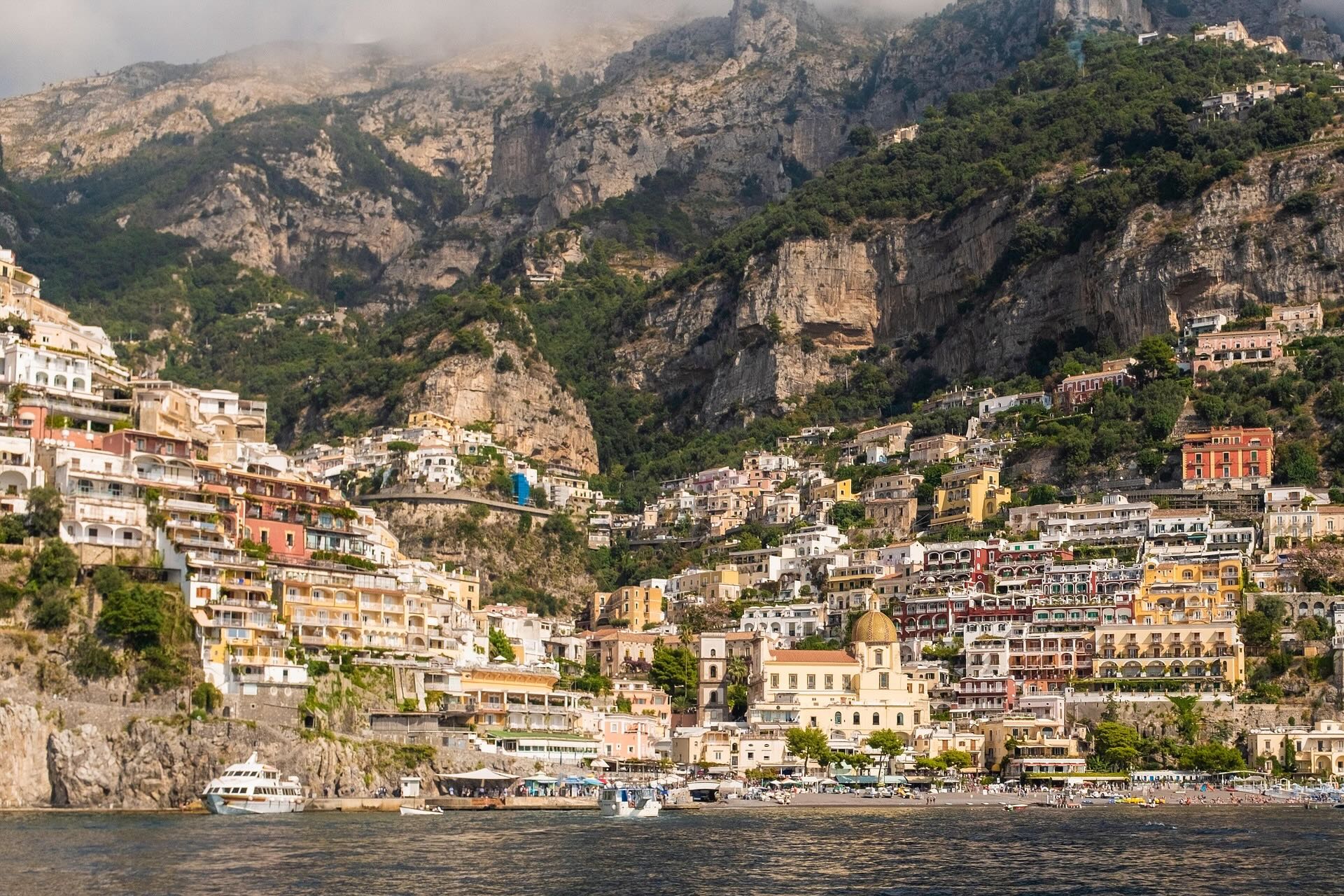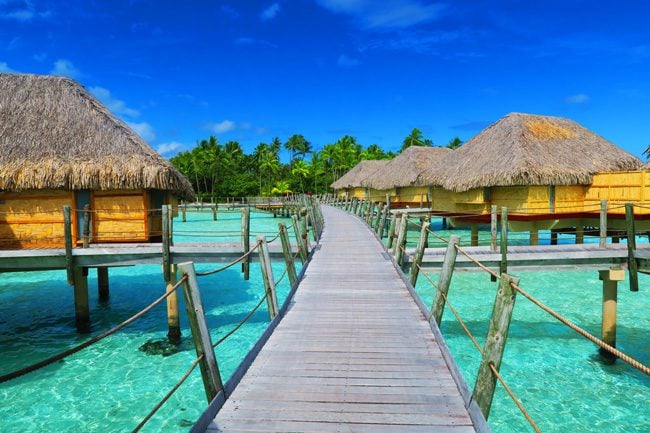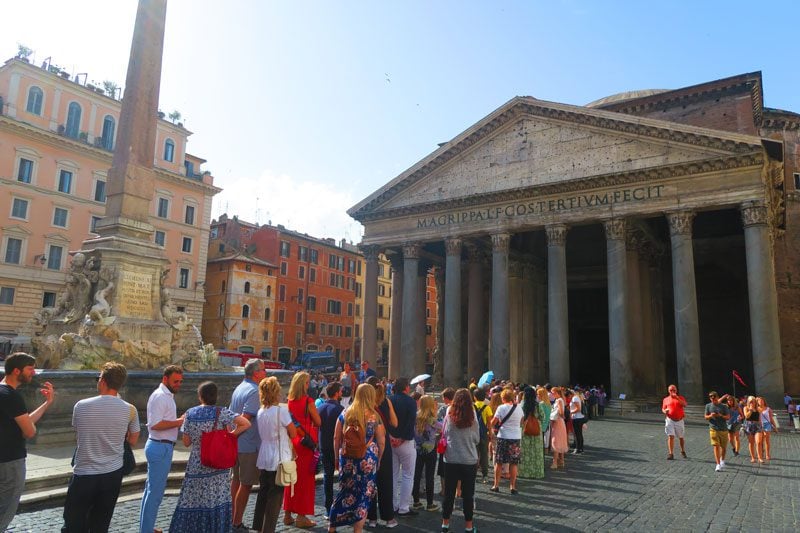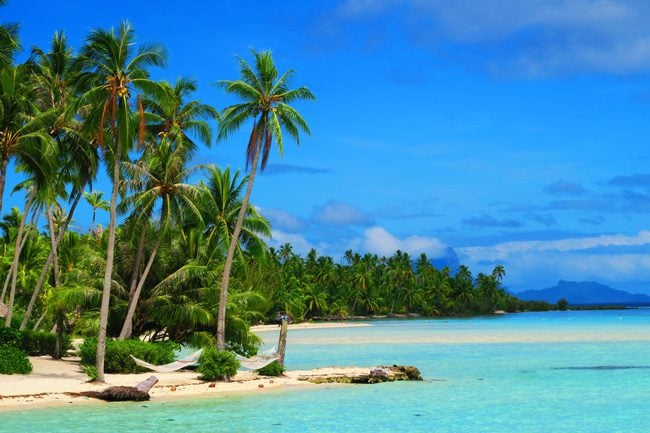Raiatea Travel Guide
Known as the ‘sacred island’, Raiatea played a pivotal role in Polynesia’s pre-European era. It was once the spiritual capital of the ancient Polynesia and is today a superb off the beaten track island in French Polynesia. With breathtaking views at every corner and home to one of the rarest flowers in the world, Raiatea is also a nature lover’s paradise. This Raiatea travel guide will help you make the most of this surprising destination!
About This Guide
I spent three months in French Polynesia as part of a six-month backpacking trip across the South Pacific Islands – with four days spent in Raiatea. I have since returned many times to the region and once more to Raiatea. This Raiatea travel guide was written based on my experience and thorough research. It’s meant to help you make the most of this destination.
Heading to French Polynesia? In-depth island guides to all 5 archipelagos await you, including sample itineraries and essential travel tips & tricks.
Tahiti, Tailor Made!
The Islands of Tahiti are among the last places to be colonized by mankind, 118 islands, each with its unique personality.
Get expert advice and assistance with planning your trip to the destination where tropical dreams come true!
Why Should You Visit Raiatea?
I can think of three main reasons to visit Raiatea.
The Nature
Though lacking any beaches to speak of on the main island, Raiatea’s immense natural beauty lies in its deep valleys, navigable river, and beautifully eroded emerald peaks. It’s a great place to slow things down and admire nature with a slow trip around the island or on a hike that ventures into the rainforest.
Two for the price of one
Raiatea shares the same lagoon with its smaller and much quieter neighbor Tahaa, which is only reached by boat from Raiatea at this time. So when you visit Raiatea, you can get a taste of Tahaa on a day trip, or extend your visit and spend a few nights on the wild “vanilla island”.
Historical significance
Raiatea is home to Marae Taputapuatea, a UNESCO World Heritege Site. The ancient religious site had huge significance to pre-Christian Polynesians. Though I must admit that the site on its own is not mind-blowing, cultural and history buffs do include Raiatea on their French Polynesia itinerary because of this important site.
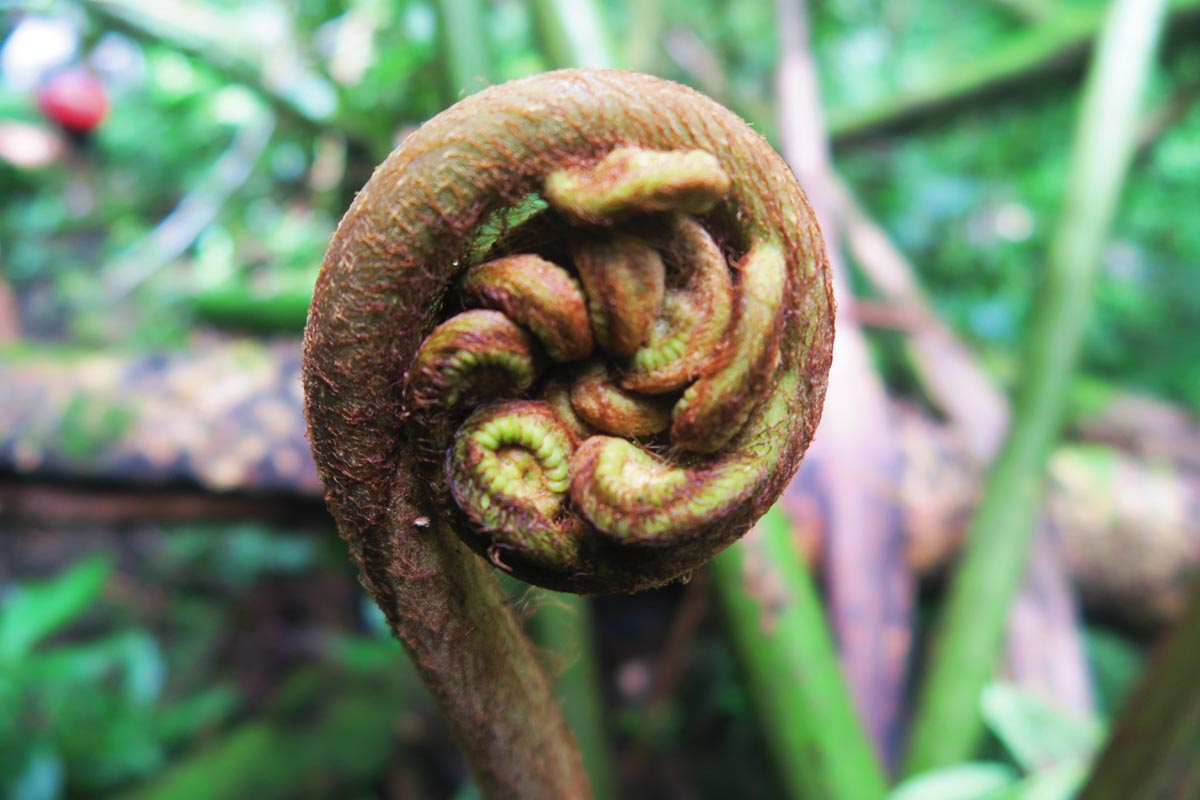
Raiatea Travel Guide Map
This map features all the highlights mentioned in this guide. Click on the image to open it in Google Maps.
Facts & Brief History
Raiatea is the second-largest island in the Society Islands group of French Polynesia. The island shares the same lagoon with neighboring Tahaa, and the two may have been part of a single island in ancient times.
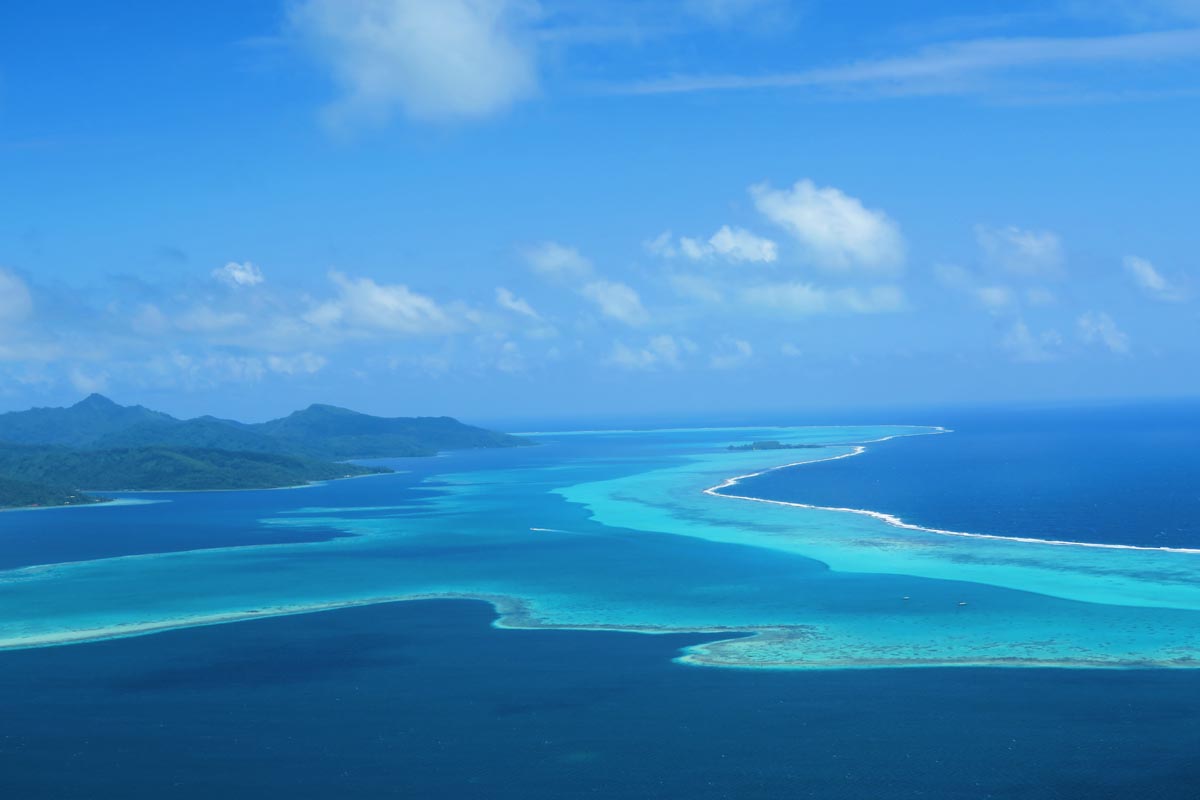
It’s not exactly clear where the first Polynesian settlers came from and when. Some theories say that Raiatea and Tahaa were the first islands to be colonized in the archipelago, with pioneers coming from Samoa, while others theorize that Raiatea’s colonization was part of the wave of discoveries by Polynesians from the Marquesas Islands.
Some time ago, during the course of the island’s ancient history, Raiatea’s influence rose to immense status – spanning across the entire Polynesian Triangle. Marae Taputapuatea – a UNESCO World Heritage Site – on the island’s east coast, was the spiritual center of power in the ancient Polynesian world. The island was one of the last to be taken by the French, and not without a fight.
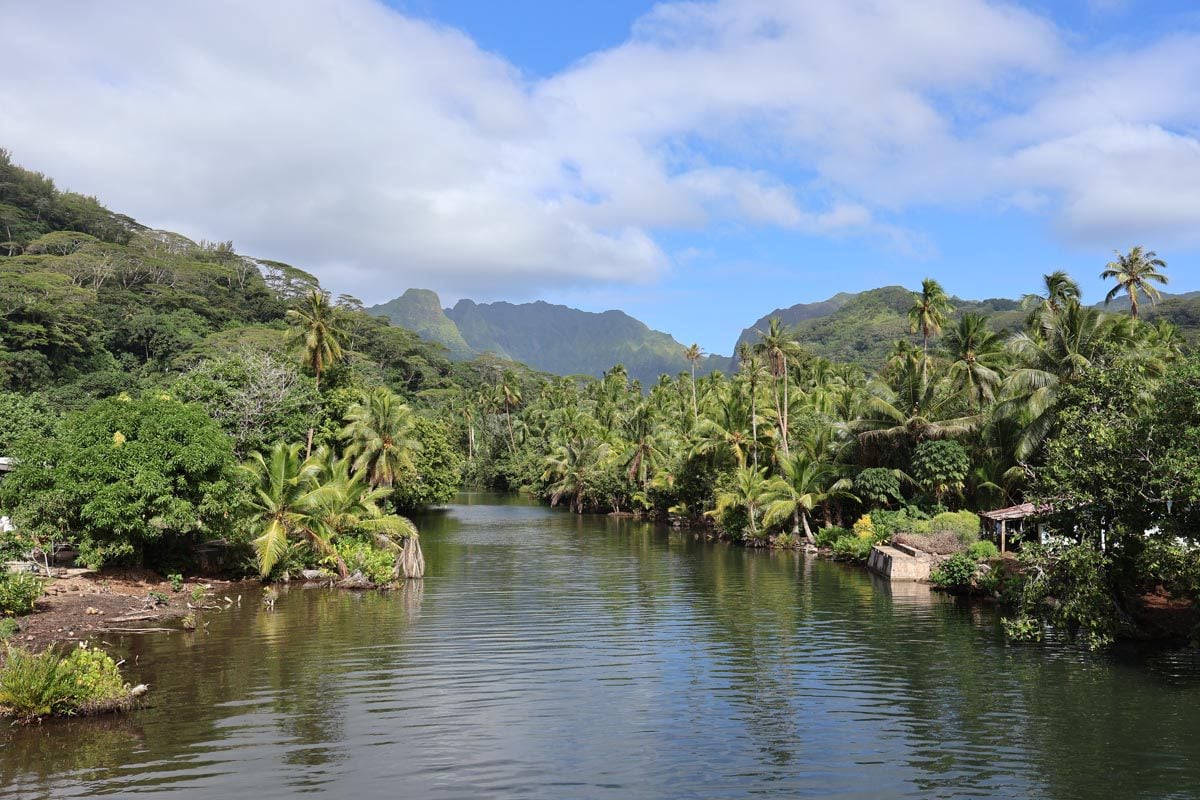
These days, Raiatea still enjoys an influential status in French Polynesia, even attracting French President Francois Hollande on his rare visit to this part of the world. The island’s 12,000-strong population mainly lives off agriculture, black pearls, public sector jobs, and small-scale tourism.
